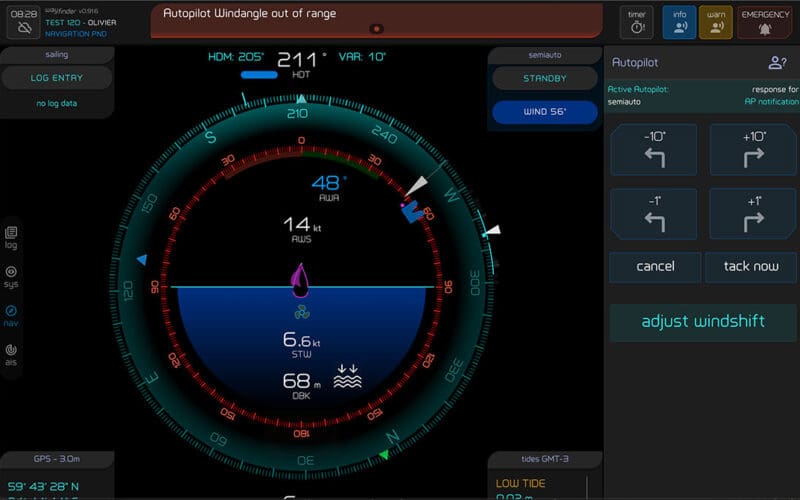Integrated performance systems that display inputs like wind direction, heading, depth, position, etc., have been available for decades. Most recently the multifunction display has become the go-to device for combining all that sensor data in one place. Now an Oxford, Nova Scotia-based company named iNav4U has released a product called Wayfinder that not only integrates the display of sensor information but goes a step further and uses rules-based artificial intelligence (AI) to analyze the data and provide warnings and make recommendations to the vessel operators about how to proceed. Wayfinder was developed by Olivier Hendrikx, an experienced Swiss voyager who…
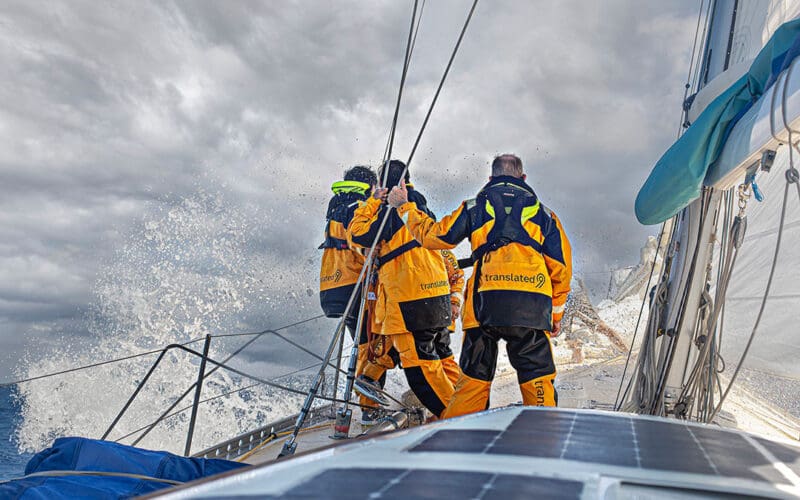
When you’re preparing to sail in a race that hearkens back to an earlier age, a time when the equipment of the average ocean going yacht was much simpler, it makes sense to look for a boat that was a star of that era. When Marco Trombetti and Isabelle Andrieu, co-founders of the international translation company Translated, looked for a boat to sail in the fully-crewed Ocean Globe Race 2023, they chose a Swan 65 with a globe-girdling pedigree: ADC Accutrac was once owned and raced by British sailor Clair Francis. Aboard ADC Accutrac, Francis and crew finished fifth in…
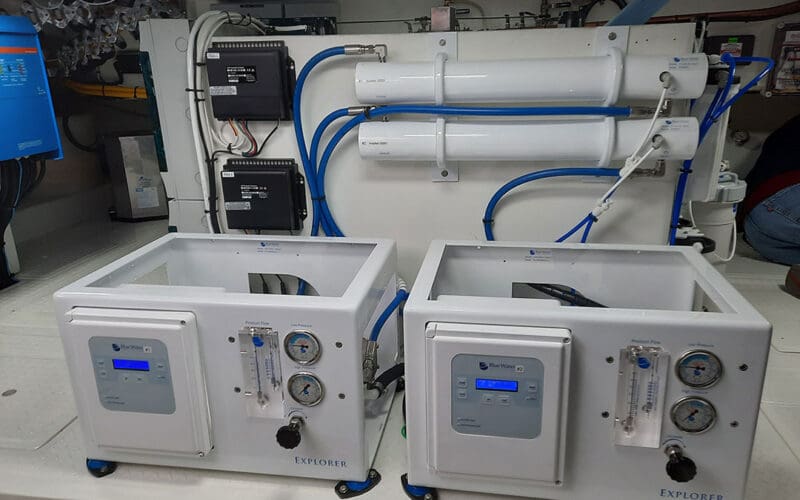
Watermakers have become such a common piece of gear on a power voyaging boat that it seems just about any unit will do. Some buyers take this idea to heart and will purchase their watermaker off the internet based solely on price. The reality, of course, is that there are factors in making sure the watermaker you choose is the right one for the type of voyaging you do. And those factors are not immediately apparent until you start to delve into the subject. According to Larry Schildwachter of Emerald Harbor Marine in Seattle, which sells and installs watermakers on…
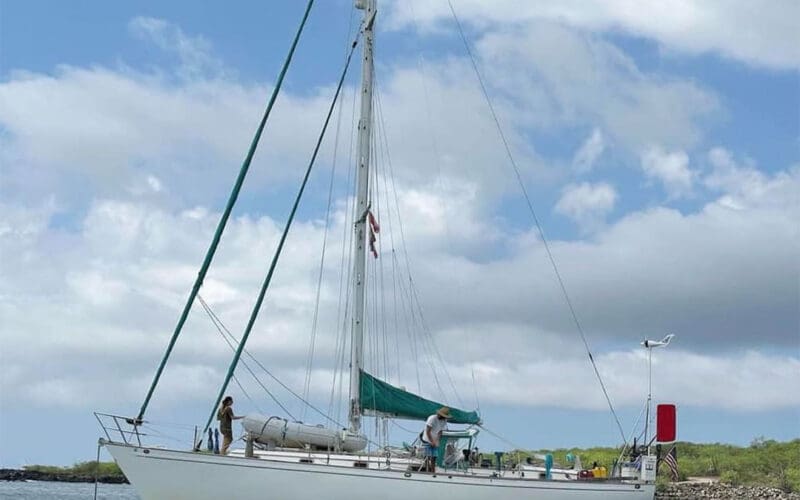
On March 13, on a South Pacific crossing midway between Galapagos and the Marquesas, s/v Raindancer with four people on board sank after an encounter with a whale. It was lunchtime and they had been in the cockpit eating pizza. In 15 minutes the boat, a Peterson 44, had slipped beneath the surface and the crew were surveying a sunny sea from the slim shelter of a liferaft and inflatable dinghy tied together. Before abandoning ship the crew gathered supplies and the captain, Rick Rodriguez, activated an EPIRB and sent out a mayday on VHF. Once in the liferaft they…
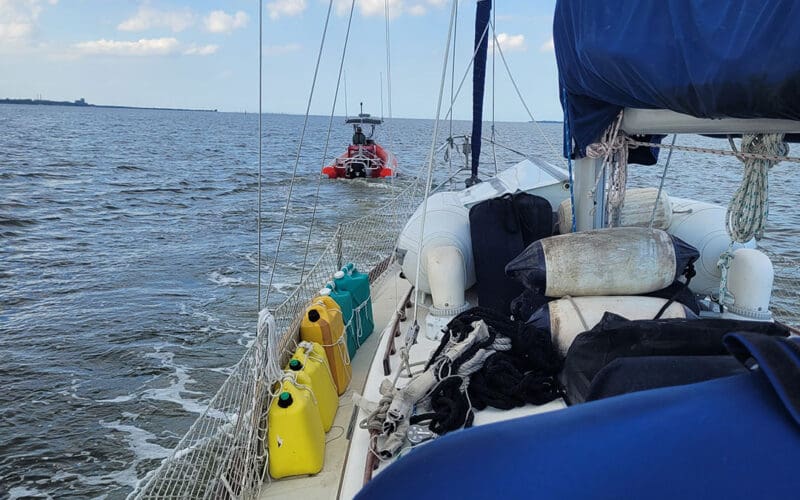
Editor’s note: This experience of two cruisers shows the importance of having spares aboard if at all possible. We left Titusville, Florida bound for Vero Beach via the Intracoastal Waterway (ICW). There wasn’t a breath of wind, so we were motoring. After about three hours into our expected six-hour trip, we noticed a subtle change in the sound of the engine. Janet was at the helm, so I got up to check. Before I even reached the bottom of the companionway ladder, there was a horrible shrieking and the sound of metal grinding, then the engine’s overheat alarm sounded.…
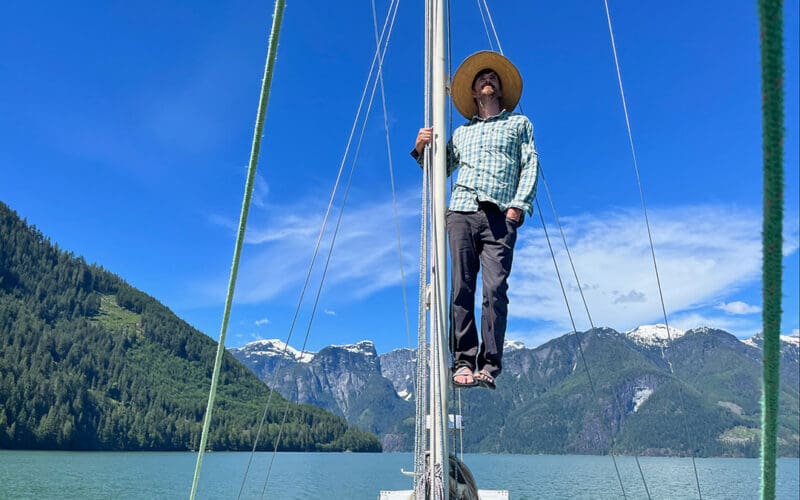
Navigating the waters of the notorious Inside Passage, stretching between the San Juan Islands in northwest Washington State past Vancouver Island and on up to Alaska, is like finding your way through a tricky and dangerous labyrinth. Not for the weak of heart, you will encounter confusing tidal rapids that can run as strong as 12 to 16 knots replete with whirlpools that compete with those Odysseus faced in the Straits of Messina. The big difference is that the waters of the Inside Passage will also bless you with daily vistas of snow-capped mountain peaks on both the Vancouver Island…
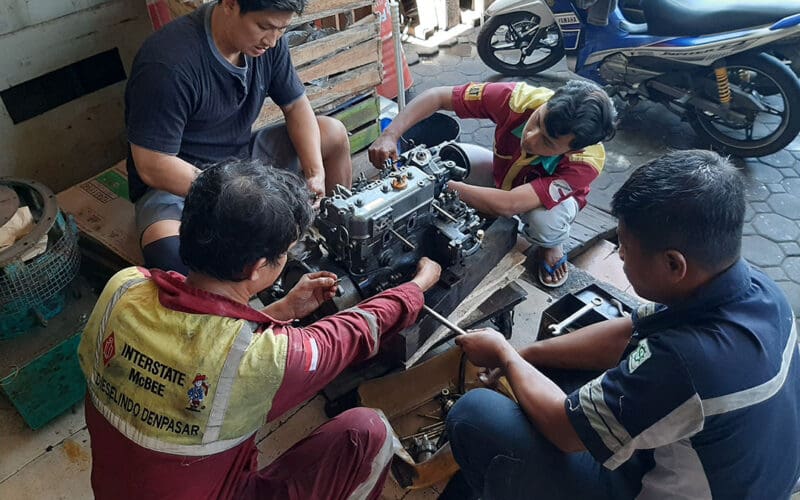
Voyagers need to know their diesel engines and there are plenty of ways to gain experience in working on them. My most recent experiences involved getting engines rebuilt while being in Indonesia. The experience was instructive of how to go about the process when in a foreign country. My first foray into an engine rebuild was almost 50 years ago. I overhauled my 1961 40 horsepower Volkswagen bus gasoline engine using John Muir’s classic book How to Keep Your Volkswagen Alive: A Manual… for the Complete Idiot. What an exercise in engine mechanics that was and the start of my…
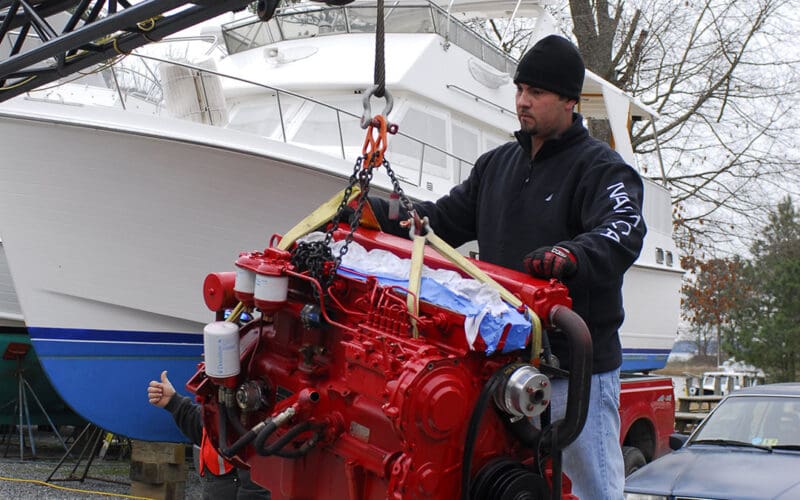
In my work within the marine industry the subjects of horsepower and torque invariably come up, and just as invariably their definitions are mangled. To characterize horsepower and torque as deeply misunderstood would be an understatement. When distilled to its most basic, the difference between these two terms can be characterized thus: horsepower is a measurement of work over time, while torque is simply a measurement of force irrespective of time. Torque is an element of horsepower; however, it’s distinctly different. A firm understanding may enable you to better evaluate engine options for new or used vessels, as well as…
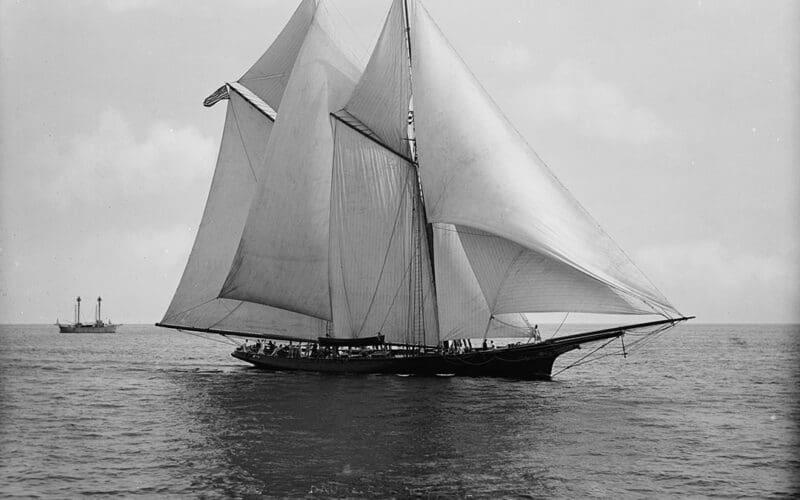
For the past two nav problems, we have written about the 19th-century American master mariner, Captain “Bully” Samuels. When we last left Captain Samuels, he had just won the very first transatlantic race in 1866 aboard the schooner Henrietta. Captain Samuels was next aboard the schooner Dauntless. Four years after his transatlantic victory, Dauntless, with Samuels in command, raced across the Atlantic Ocean, from east to west against the English schooner Cambria. The race began off Ireland on July 4, 1870. Cambria was owned by Sir John Asbury. Built by Michael Ratsey, Cambria, at 188 tons, was a powerful schooner,…
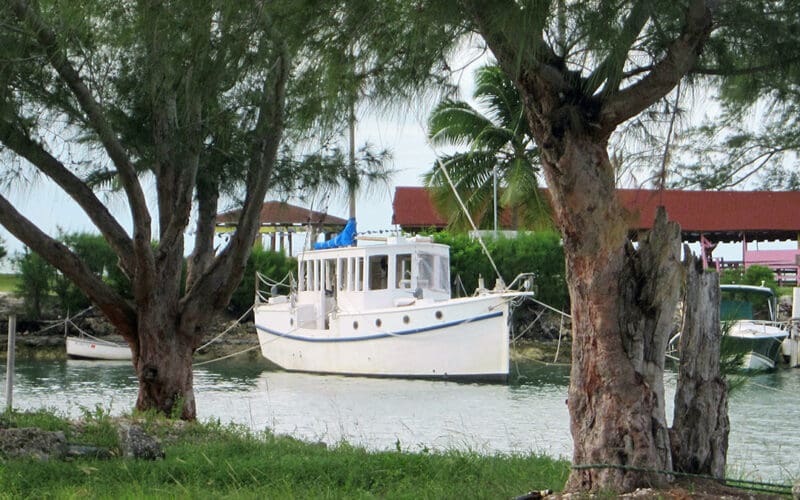
Liveaboards and cruisers since 1997, Rudy and Jill Sechez built both of their cruising boats, first a 36-foot wooden cutter, and later, their current 34-foot sail-assisted wooden trawler Briney Bug, which they designed themselves. The Sechezes are interesting because they are something of an outlier among modern liveaboard voyagers in the way they stress radical simplicity. In their approach to voyaging, they strive to operate their vessel with a minimum of systems on board. Their cruising grounds are primarily Florida and the Bahamas. Over the years they have also traveled the east coast of the U.S., some of the Great…

